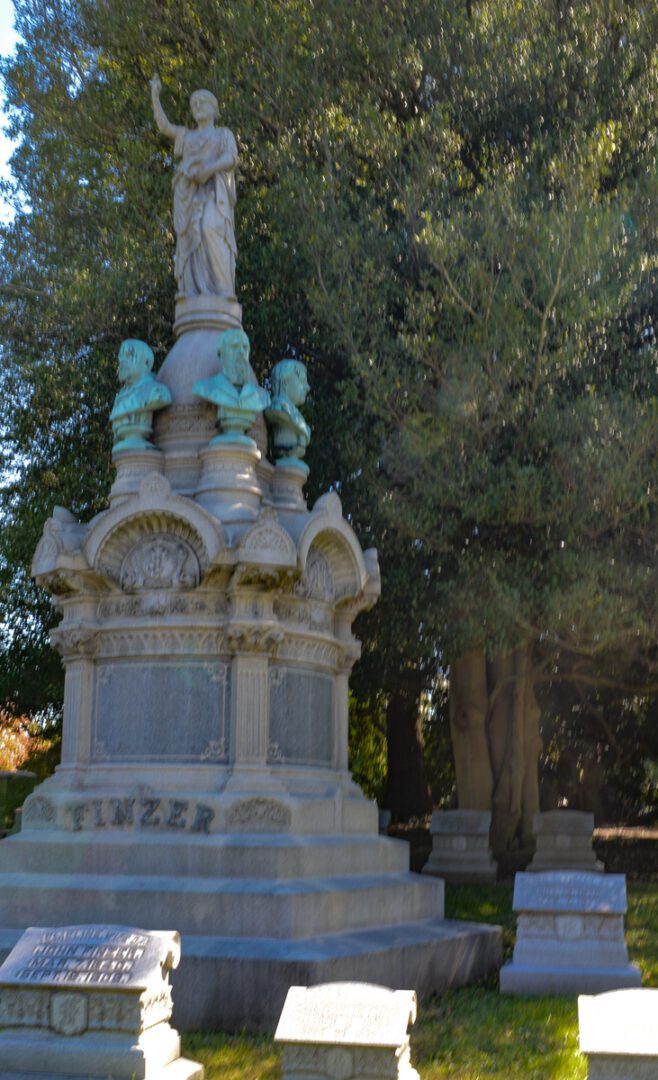
Cave Hill Cemetary
Way, way back, the Louisville founders were not thinking of a cemetery when they gleefully purchased the Johnston family farm called Cave Hill. They were only interested in the stone quarries and thrilled that the soon-to-be-built Louisville and Frankfort Railroad was going to run right by those desirable piles of rocks.
But plans changed for the railroad. The course was moved in a more favorable direction; the quarries were left inaccessible. The Johnston farm suffered, as well. The solid, old brick house loved previously by the family was turned into the City Pest House – the place unfortunates diagnosed with and suffering from tuberculosis or other contagious, pestilent diseases were sent. The isolation of the farm was a serious factor in this decision.
With those unfortunate patients came death.
In earlier days, the Puritan idea of death was to fear it. Death was the absolute end, disgusting and irrevocable.
Those at the City Pest House, working the fields, living amongst nature, and marveling at brilliant stars nightly took a different view. For them, death was as natural as the growing seasons, something that could be celebrated for the peace it would give these residents. A release from their pain, debilitation, societal rejection and more. Many at the City Pest House hand-picked their final resting place under a favorite tree or close to a beloved stream. They would sleep permanently in these beautiful, restful places; others before them, suffering from the same ailments, had no choice but to end up as cadavers for medical students.
In 1846, the city council and mayor grasped the fact garden cemeteries were becoming fashionable, especially throughout Europe. Why not make the best one right there in Louisville?

Edmund Francis Lee (1811-1857) had studied this concept in Europe. He carefully considered the natural lay of the land, and the natural topographies of Cave Hill. Lee deemed the setting ideal for a garden burial ground. Drawing up plans, the promontories highlighted as the primary burial sites. The roads winding up to these hilltop spheres would curve gently, allowing the natural outlines of the land to dominate.
The basins in-between were slated to become focal points. Many shallow undulations seemed natural areas for ponds, some with fish, others reflective, more covered in green leafy plants. Other basins would be filled with trees, native shrubs, or wildflowers, held in reserve for graveyards, should the idea of a garden cemetery grow in popularity.
Presenting nature as the prominent background, this would be in tune with monuments, mausoleums, and graceful statues. Lee insisted that the cemetery would receive perpetual care. It could not be allowed to become overgrown or unkempt. Here would be a place sought out for its beauty and spirituality. Here would be a place people – living people — could come for comfort and contemplation.
During the Victorian era, 1830’s to 1900, great wealth and power were achieved by many families, which continued generation to generation. These prosperous people planned lavish funerals and burials in this new and gorgeous landscape, forgetting the first inhabitants here were destitute. The Victorians adorned their plots with spectacular art – marble statues carved into angels, children, beloved pets and more. Mausoleums and headstones were cut from granite; the gardens flourished. Cave Hill became a symbol of prestige and status.
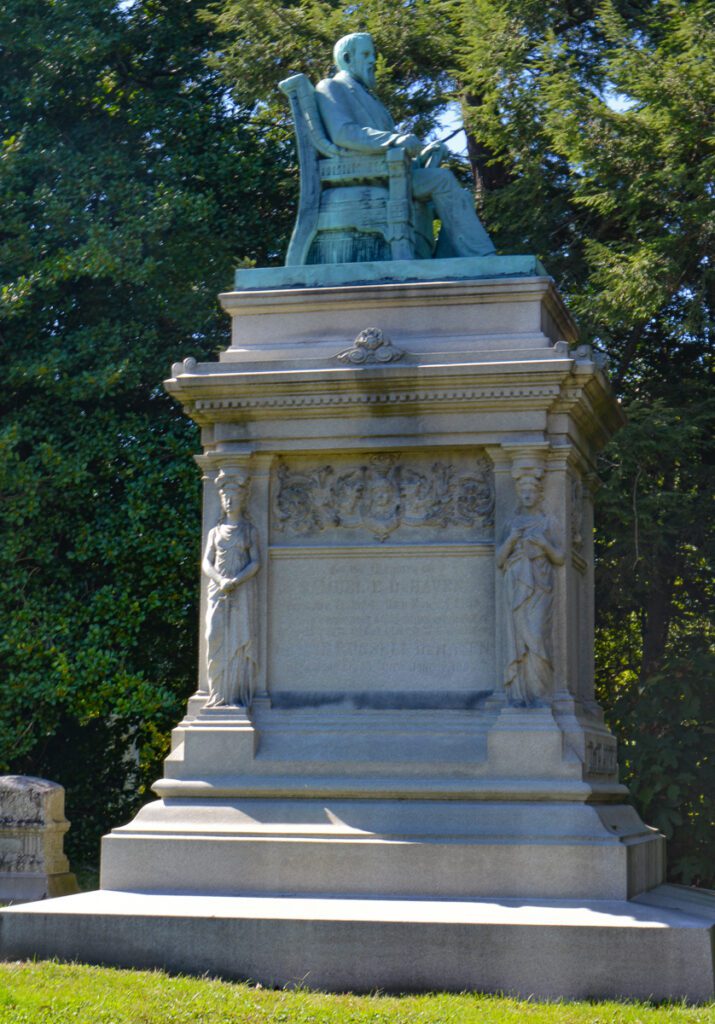
The quarry was abandoned and over time filled with water. In the early 1890’s work began to make that pool of stagnant water the showpiece of the cemetery. The quarry was drained, expanded, and turned into a 25-foot-deep lake, surrounded by trees and shrubs.
An area called the ravine, which was the dividing line between the original sections of the burial grounds and the newer spots, was developed rapidly after Louisville acquired the surrounding farmland. The ravine was made into a string of lovely lakes with walking paths and grassy areas for benches or picnicking. Throughout the years, more lakes have been added; lily ponds, reflecting ponds, and those of imported exotic plants. Some of those ponds remain, but others have been reclaimed for more burial sites.
Currently, more than 120,000 people are buried at this spectacular site. There is room for another 22,000 graves.
Who is reposing at Cave Hill Cemetery?
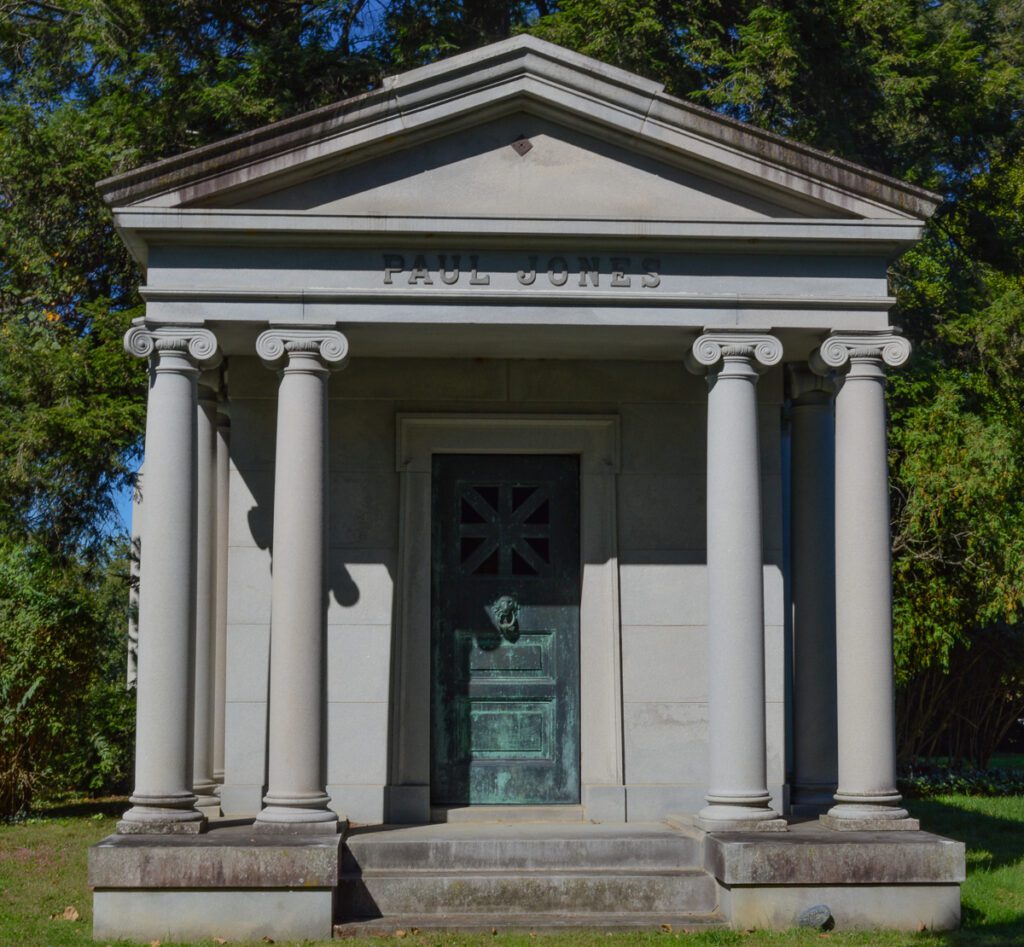
- More than two hundred Confederate soldiers lie in Section O. Many of these are sadly marked “unknown.” A Confederate flag flies over this area.
- Also in Section O is Confederate Brigadier General Alpheus Baker.
- Over 5,300 soldiers from other American wars are throughout the grounds.
- George Rogers Clark (1752-1818), Revolutionary War officer and Louisville’s founder.
- Meriweather Lewis Clark, Jr., formed and built Churchill Downs and established the Kentucky Derby in 1875 on land he purchased.
- John Paul Jones, Jr., who is credited with creating Four Roses.
- Arthur Phillip (A. Ph.) Stitzel of Stitzel Weller fame in 1947.
- Mary Ann Xanippe “Tip” Saunders, painter, and cousin of novelist Mark Twain was buried there in 1922.
- Sisters Patty and Mildred Hill, Louisville natives, who wrote the “Happy Birthday”song.
- Paul Hornung, former Green Bay Packer, and Heisman Trophy winner in 2020.
- Colonel Harland Sanders, founder of Kentucky Fried Chicken.
- Muhammad Ali, boxing champion extraordinaire, in 2016.
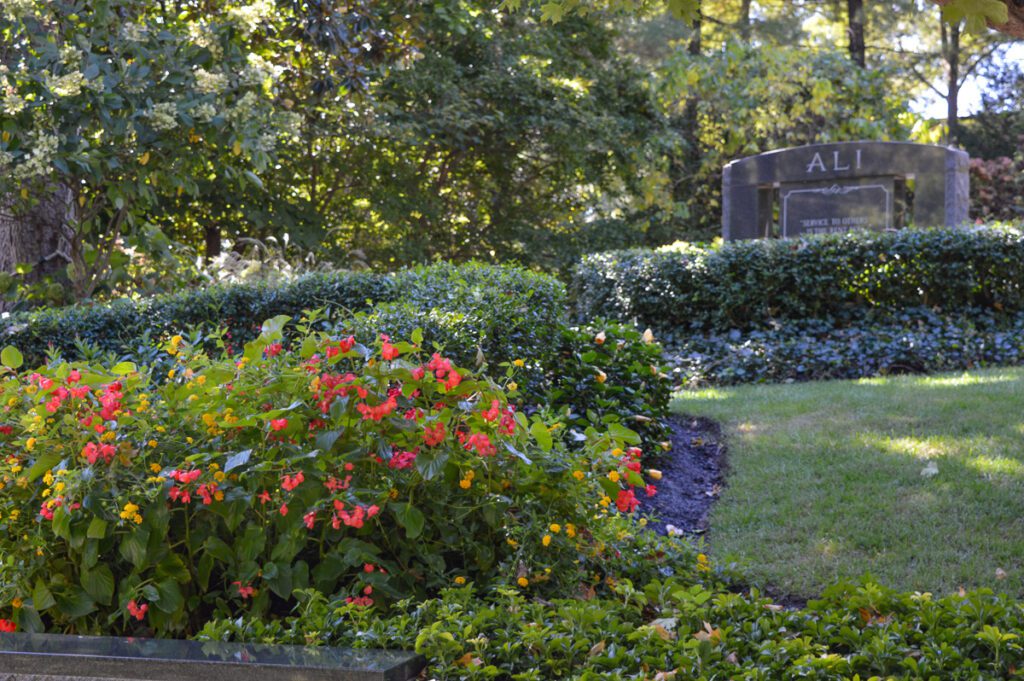
With some graves come magnificent artwork. If you visit, look for these
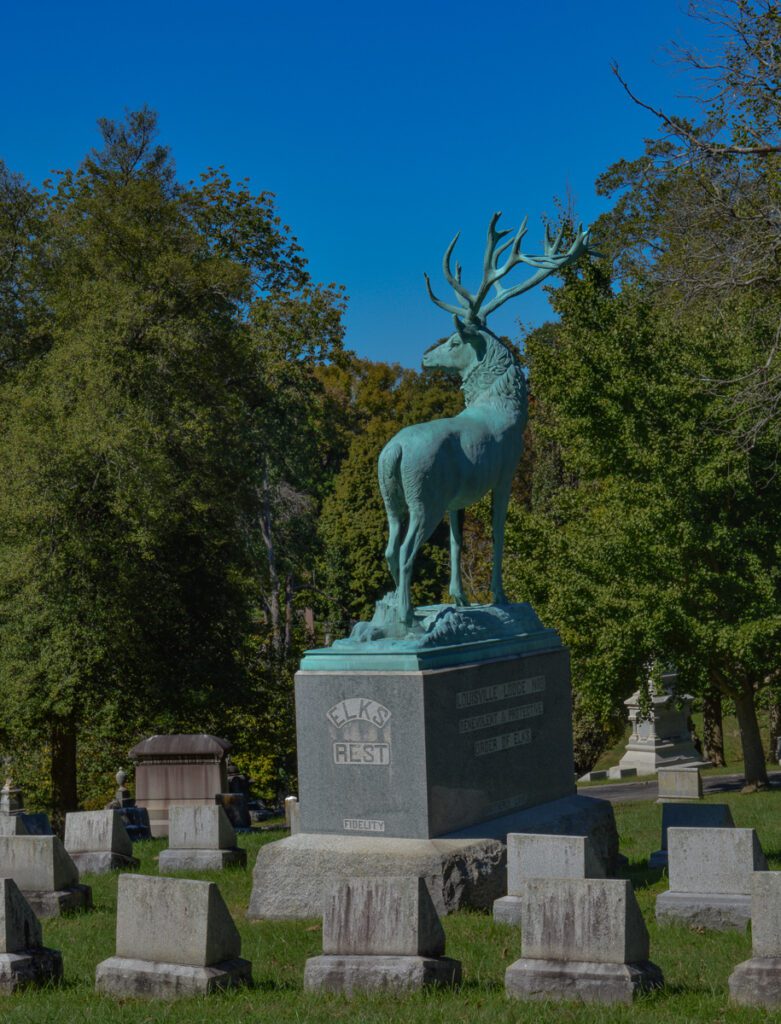
- In Section N, the Tiffany Vase, a monument designed by Tiffany’s of New York
- In Section 5, the Elk’s Rest Lodge, a burial area for Elk’s members, features a life-sized bronze elk.
- In Section 33, the Gheens Mausoleum, which features a replica of da Vinci’s Last Supper painted on glass.
- In Section H, the Rustic Shelter house, one of the oldest examples of rustic architecture in the U.S. It is a replica of a shelter in Marie Antoinette’s Petit Trianon Garden.
- In Section B, the Wilder Monument, which was designed to forever honor the Wilder’s daughter, who died at age seven.
- And so many more!
Cave Hill is designated an Arboretum, as well, in conjunction with the Davey Tree Expert Company. A full inventory of the more than 6,000 trees there has begun, with hopes to elevate the arboretum level from two to three at the end of the lengthy three-phrase project. The health of all trees will be assessed. At the end of this process, information will be available to universities and other organizations, addressing long-term landscape management and environmental administration needs and policies.
Besides trees, shrubs and lakes, Cave Hill is a wildlife sanctuary and becoming popular for its wildlife tours. Owls (great horned and screech), foxes, rare black swans, otters and more live and thrive in the cemetery. Tours to see them are available.
Cave Hill was placed on the National Register of Historic Places in 1979 and the National Cemetery in 1998.